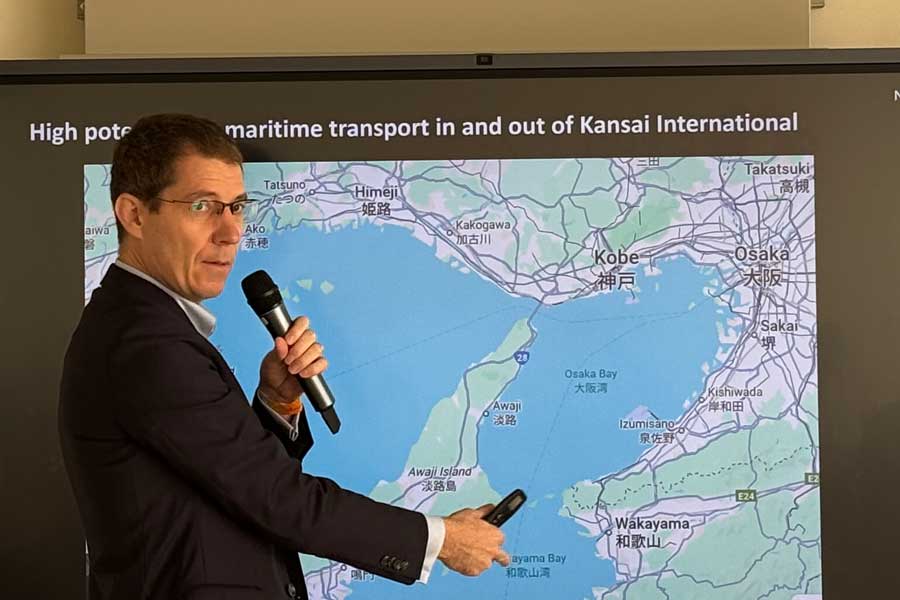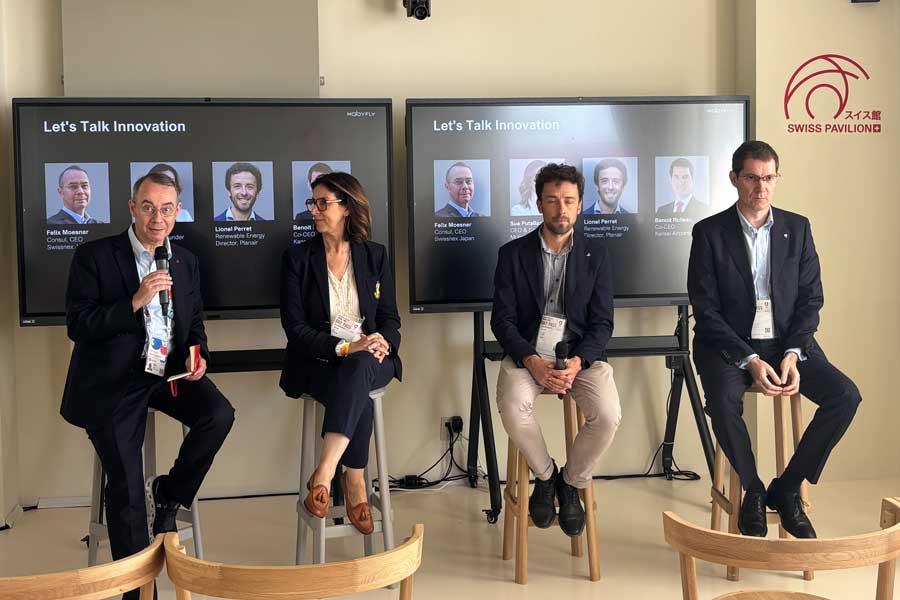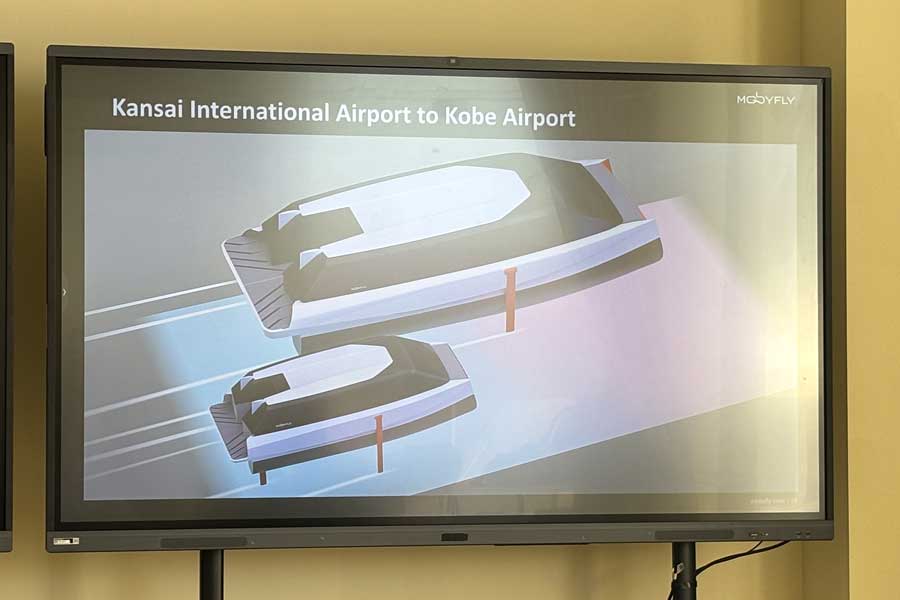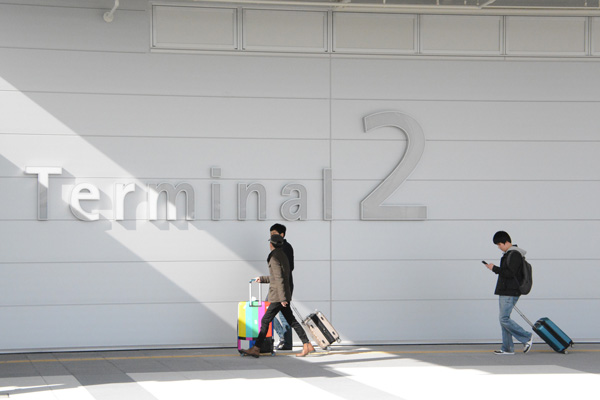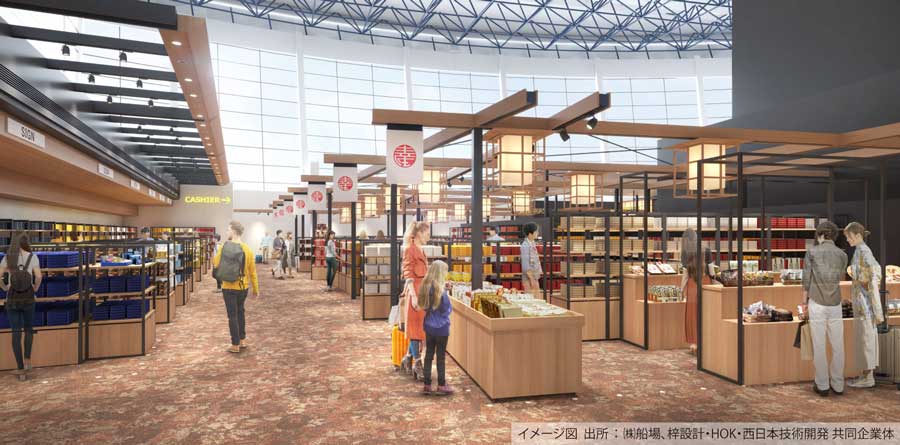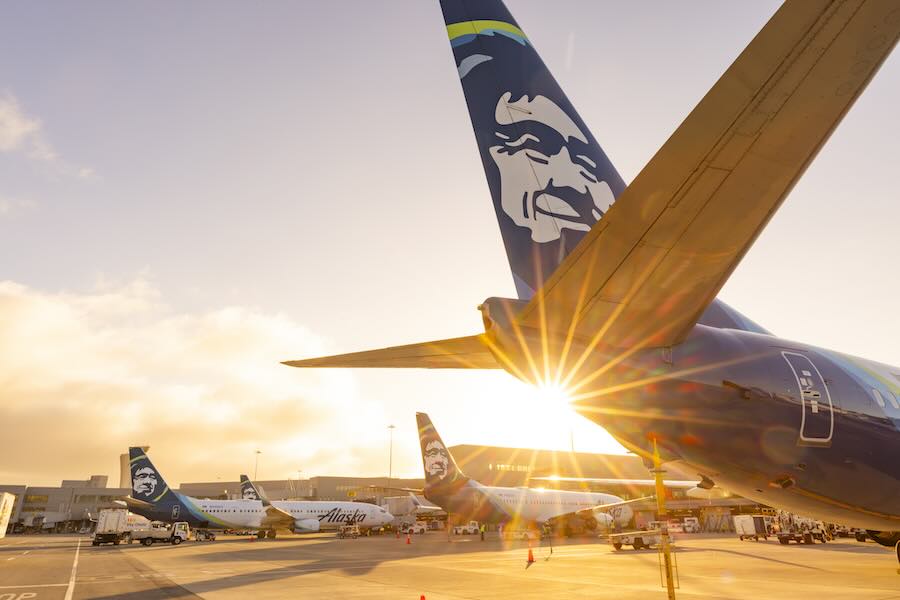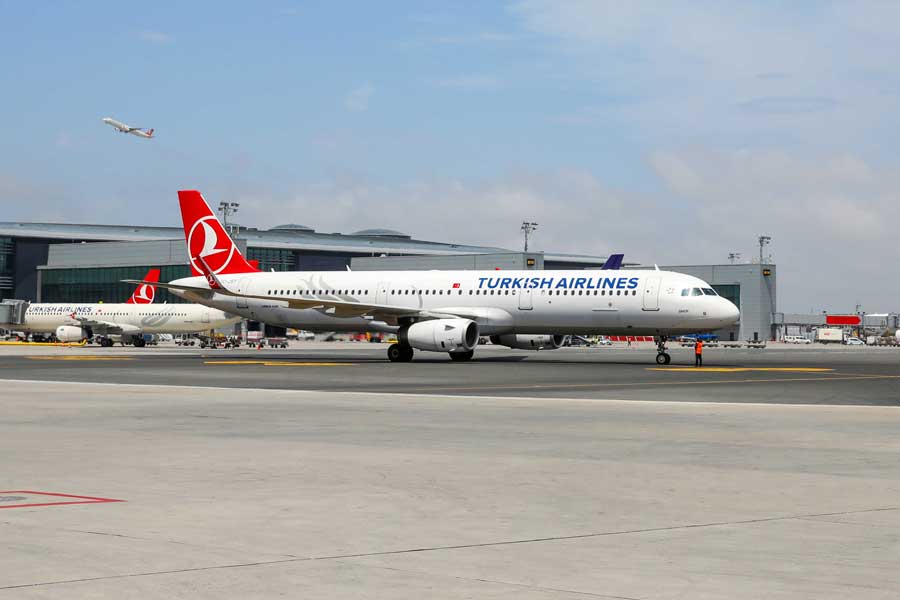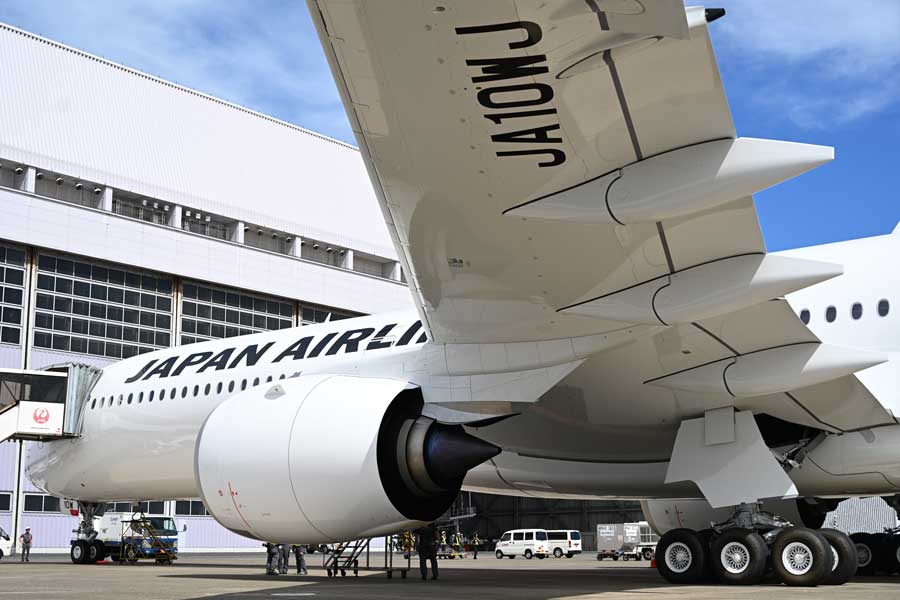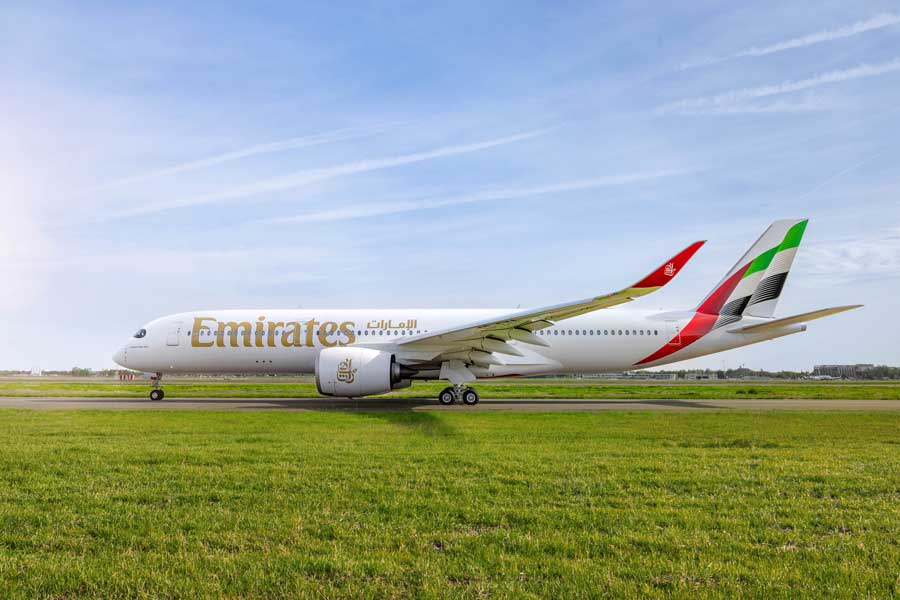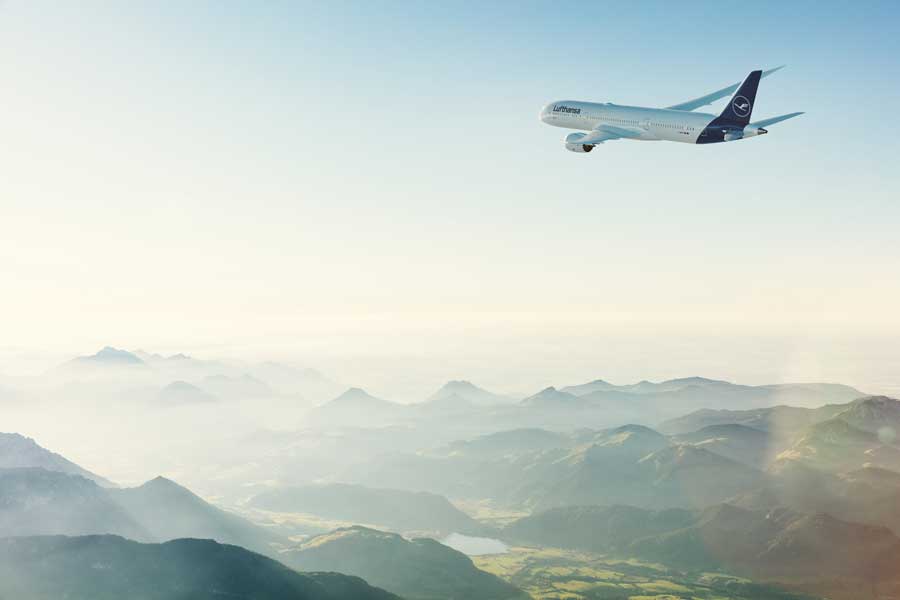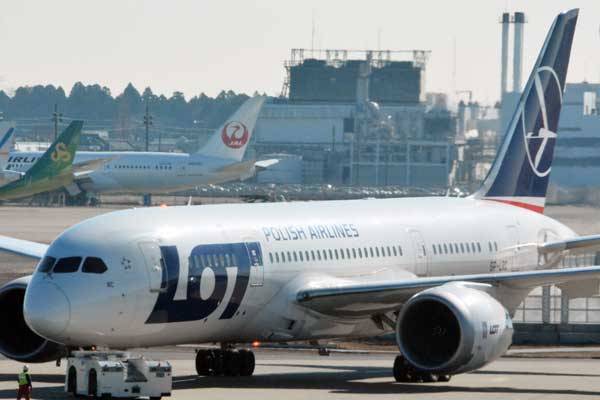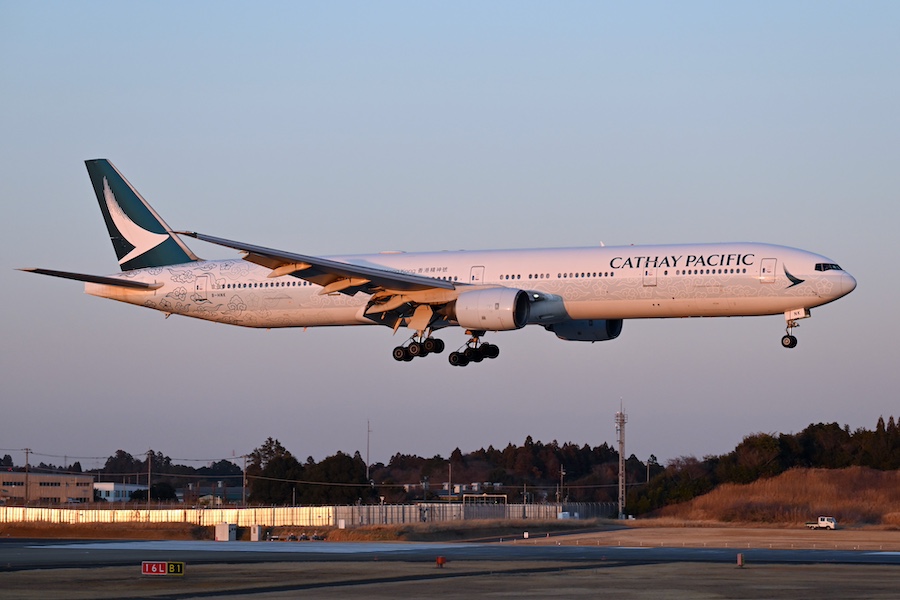MobyFly unveils electric hydrofoil ferry plans for Japan at the Osaka–Kansai Expo
Swiss electric hydrofoil ferry developer MobyFly held a panel discussion at the Swiss Pavilion of the Osaka–Kansai Expo in Japan, outlining its future rollout in the Japanese market.
An electric hydrofoil ferry uses lift generated by underwater wings mounted beneath the hull to raise the vessel above the water’s surface while underway. By reducing drag, it can travel at high speed with greater energy efficiency. Compared to conventional boats, it can improve energy efficiency by up to 80% and reduce operating costs by up to 60%, contributing to zero emissions and lower noise. Because the vessels are electric, they can utilize renewable energy such as solar power, enabling local production and consumption of energy.
MobyFly is developing two types: the 12-passenger compact shuttle model “MobyFly S,” and the main “MobyFly M” model for 60 to 120 passengers, with plans to support up to 350 passengers in the future. The top speed is 81.5 kilometers per hour, and operation is possible in wave heights up to 2 meters.
The panel featured MobyFly co-founder Sue Puttalaz; Felix Messner, Consul of Switzerland in Osaka and CEO of swissnex in Japan; Lionel Perret, CEO of Planair; and Benoit Roulot, Co-CEO of Kansai Airports.
Roulot emphasized that Kansai Airports, which manages the three airports in Japan’s Kansai region, needs to provide access not only to Osaka but also to a wide area including Awaji Island, Wakayama, and Shikoku. Given that Kansai International Airport (KIX) and Kobe Airport are offshore airports, he said maritime transport is the most rational option. He highlighted three key requirements for vessel services: resilience that allows operations even in bad weather; comfort that provides a smooth ride without being affected by waves; and cost efficiency that makes routes to smaller cities economically viable. He expects that access to destinations such as Awaji Island and Shikoku will improve dramatically, significantly enhancing competitiveness as an international hub airport.
At Kansai International Airport in Japan, roughly 30,000 to 40,000 international departing and arriving passengers use the airport per day, and almost all access it via the access bridge by rail or car. Although KIX and Kobe Airport are connected by the Kobe–KIX Bay Shuttle, approximately 30 sailings per day are insufficient, and there are issues such as a cancellation rate of about 4%.
With vessels like electric hydrofoil ferries that have low energy costs and can operate at high speeds, a larger number of daily sailings would become possible, accelerating the return on investment. Routes that were previously commercially unfeasible—such as to Awaji Island, Tokushima, and Himeji—could become economically viable.
MobyFly has secured funding and aims to begin delivering commercial vessels from 2026. While there are currently no specific projects in Japan, the country has a track record of operating older hydrofoil ferries and a high level of understanding of the technology. Some services were discontinued due to poor fuel economy, which is why the need to transition to electric vessels with low operating costs is considered extremely high. With multiple major cities around Osaka Bay in Japan, the company sees very high potential in the area.
The translation may not be accurate.
